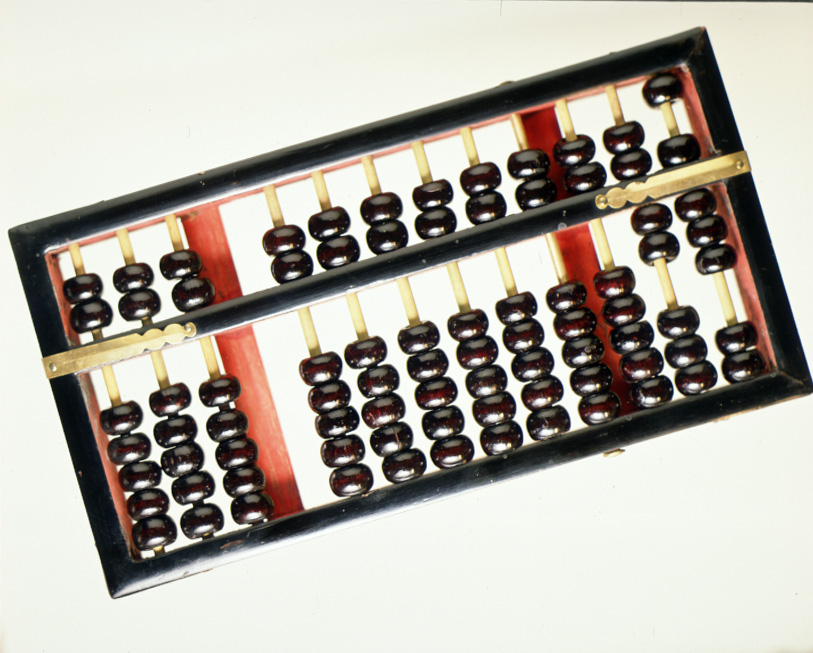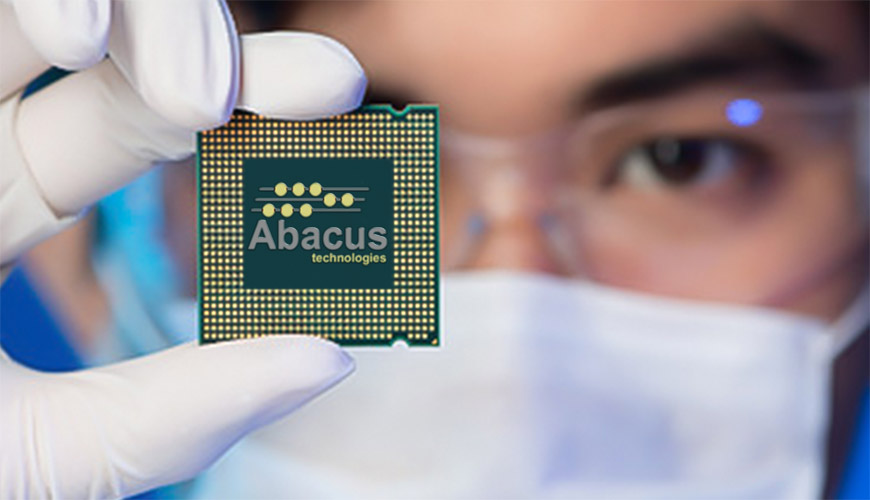
Demosthenes (384 BC–322 BC) complained that the need to use pebbles for calculations was too difficult. The earliest archaeological evidence for the use of the Greek abacus dates to the 5th century BC. The original is marble and is held by the National Museum of Epigraphy, in Athens. Under the Parthian, Sassanian, and Iranian empires, scholars concentrated on exchanging knowledge and inventions with the countries around them – India, China, and the Roman Empire- which is how the abacus may have been exported to other countries.Īn early photograph of the Salamis Tablet, 1899. Persia Īt around 600 BC, Persians first began to use the abacus, during the Achaemenid Empire. However, wall depictions of this instrument are yet to be discovered. Archaeologists have found ancient disks of various sizes that are thought to have been used as counters. He wrote that the Egyptians manipulated the pebbles from right to left, opposite in direction to the Greek left-to-right method. Greek historian Herodotus mentioned the abacus in Ancient Egypt. It is the belief of Old Babylonian scholars, such as Ettore Carruccio, that Old Babylonians "seem to have used the abacus for the operations of addition and subtraction however, this primitive device proved difficult to use for more complex calculations". Some scholars point to a character in Babylonian cuneiform that may have been derived from a representation of the abacus. It held a table of successive columns which delimited the successive orders of magnitude of their sexagesimal (base 60) number system. The Sumerian abacus appeared between 27 BC. The user of an abacus is called an abacist. īoth abacuses and abaci are used as plurals. Greek ἄβαξ probably borrowed from a Northwest Semitic language like Phoenician, evidenced by a cognate with the Hebrew word ʾābāq ( אבק), or "dust" (in the post-Biblical sense "sand used as a writing surface"). While the table strewn with dust definition is popular, some argue evidence is insufficient for that conclusion. Alternatively, without reference to ancient texts on etymology, it has been suggested that it means "a square tablet strewn with dust", or "drawing-board covered with dust (for the use of mathematics)" (the exact shape of the Latin perhaps reflects the genitive form of the Greek word, ἄβακoς ( abakos)). The Latin word is derived from ancient Greek ἄβαξ ( abax) which means something without a base, and colloquially, any piece of rectangular material. The word abacus dates to at least AD 1387 when a Middle English work borrowed the word from Latin that described a sandboard abacus. Others may use an abacus due to visual impairment that prevents the use of a calculator.

The abacus remains in common use as a scoring system in non- electronic table games. Merchants, traders, and clerks in some parts of Eastern Europe, Russia, China, and Africa use abacuses. Some of these methods work with non- natural numbers (numbers such as 1.5 and 3⁄ 4).Īlthough calculators and computers are commonly used today instead of abacuses, abacuses remain in everyday use in some countries. Any particular abacus design supports multiple methods to perform calculations, including addition, subtraction, multiplication, division, and square and cube roots. The abacus is still used to teach the fundamentals of mathematics to children in most countries.ĭesigns such as the Japanese soroban have been used for practical calculations of up to multi-digit numbers.

In the ancient world, particularly before the introduction of positional notation, abacuses were a practical calculating tool. Abacuses are still made, often as a bamboo frame with beads sliding on wires.

Later the beads were made to slide on rods and built into a frame, allowing faster manipulation. In their earliest designs, the rows of beads could be loose on a flat surface or sliding in grooves. One of the two numbers is set up, and the beads are manipulated to perform an operation such as addition, or even a square or cubic root. It consists of rows of movable beads, or similar objects, strung on a wire. The exact origin of the abacus has not yet emerged. It was used in the ancient Near East, Europe, China, and Russia, millennia before the adoption of the Hindu-Arabic numeral system. The abacus ( plural abaci or abacuses), also called a counting frame, is a calculating tool which has been used since ancient times. There was keen competition between the two from the introduction of the Algebra into Europe in the 12th century until its triumph in the 16th. The woodcut shows Arithmetica instructing an algorist and an abacist (inaccurately represented as Boethius and Pythagoras). Calculating-Table by Gregor Reisch: Margarita Philosophica, 1503.


 0 kommentar(er)
0 kommentar(er)
